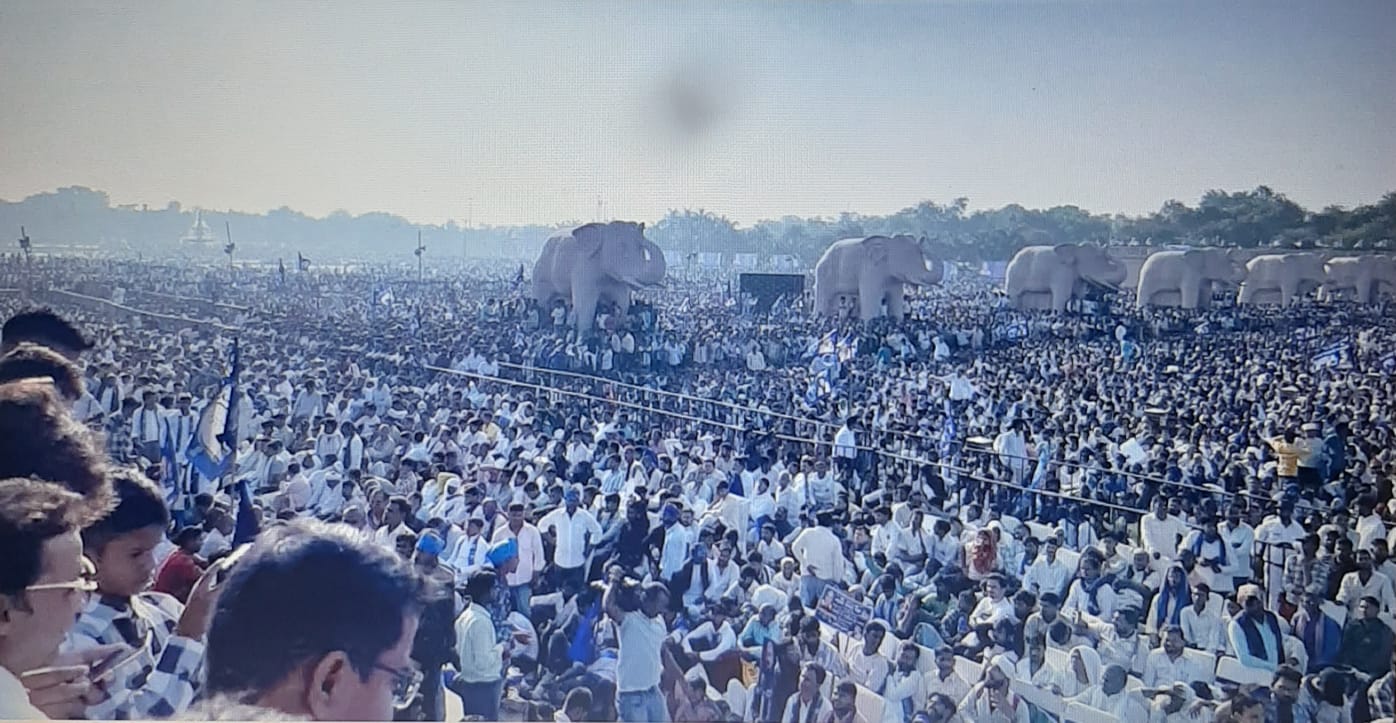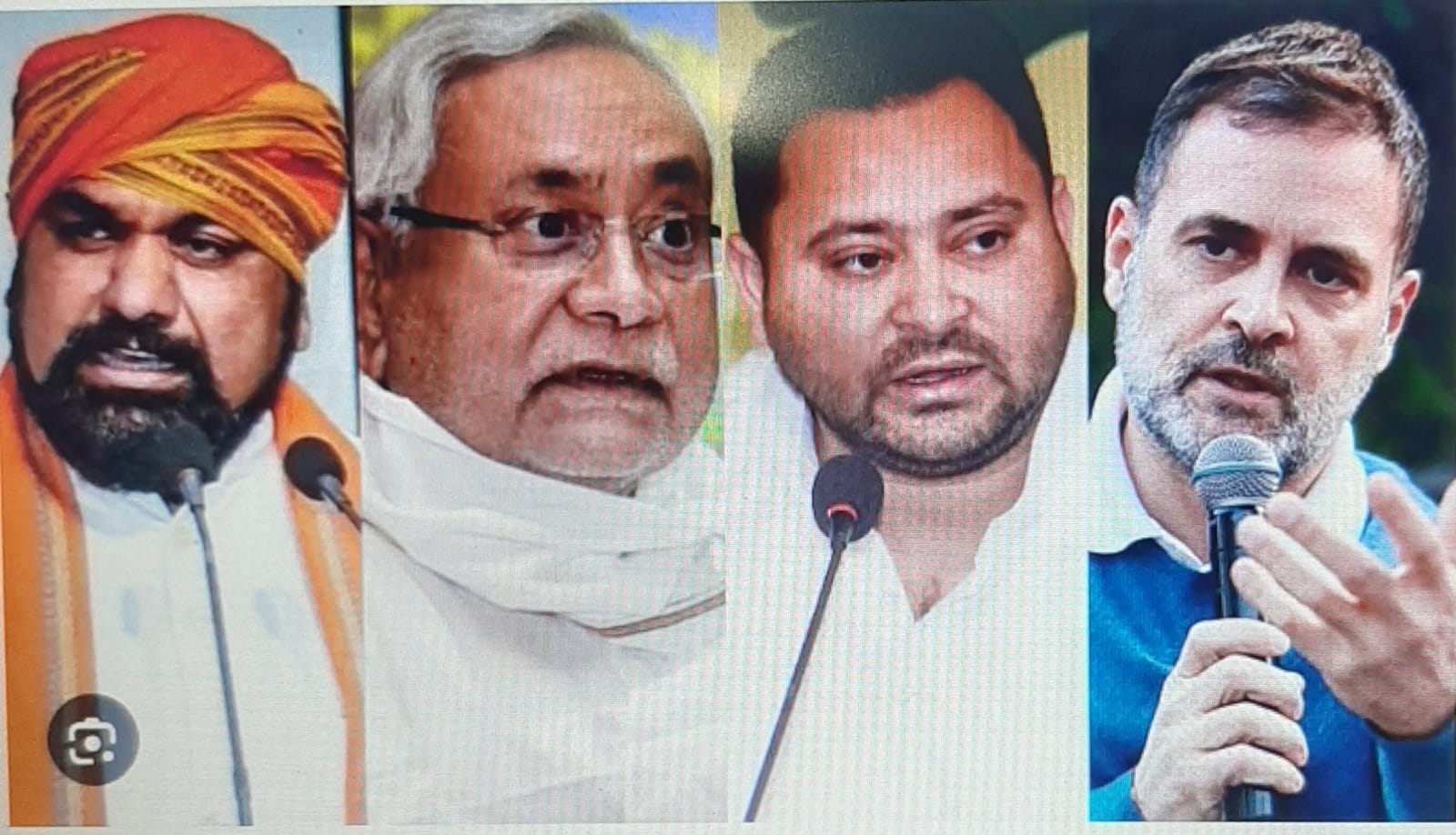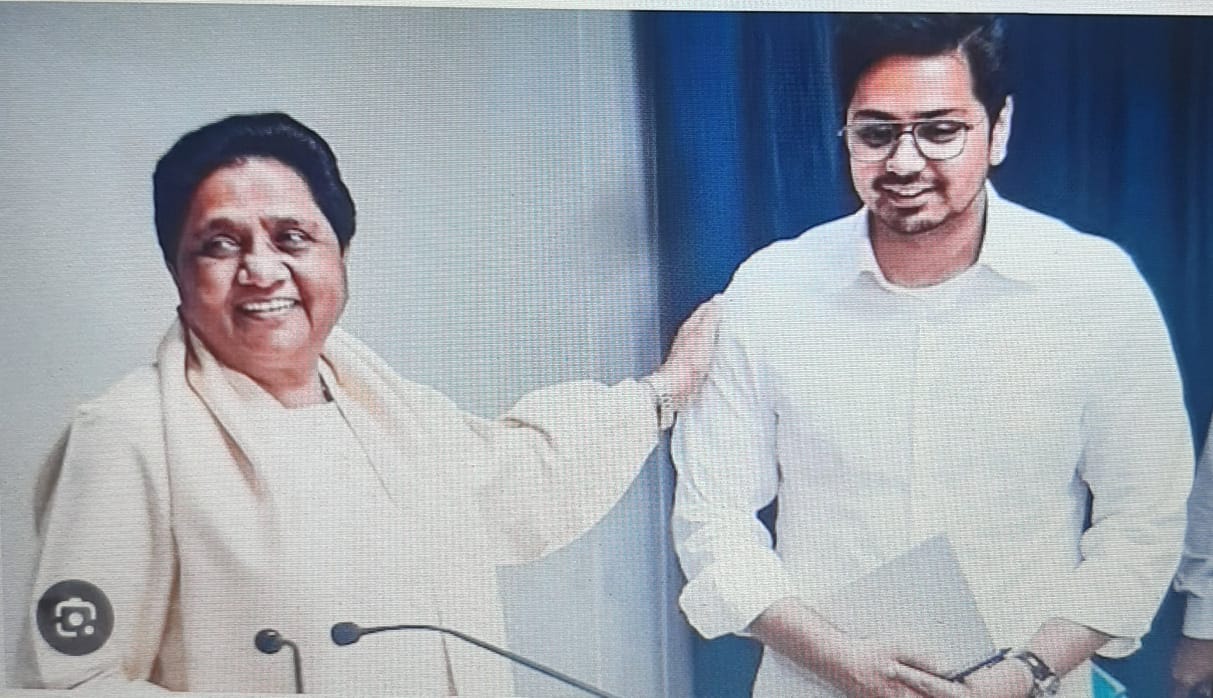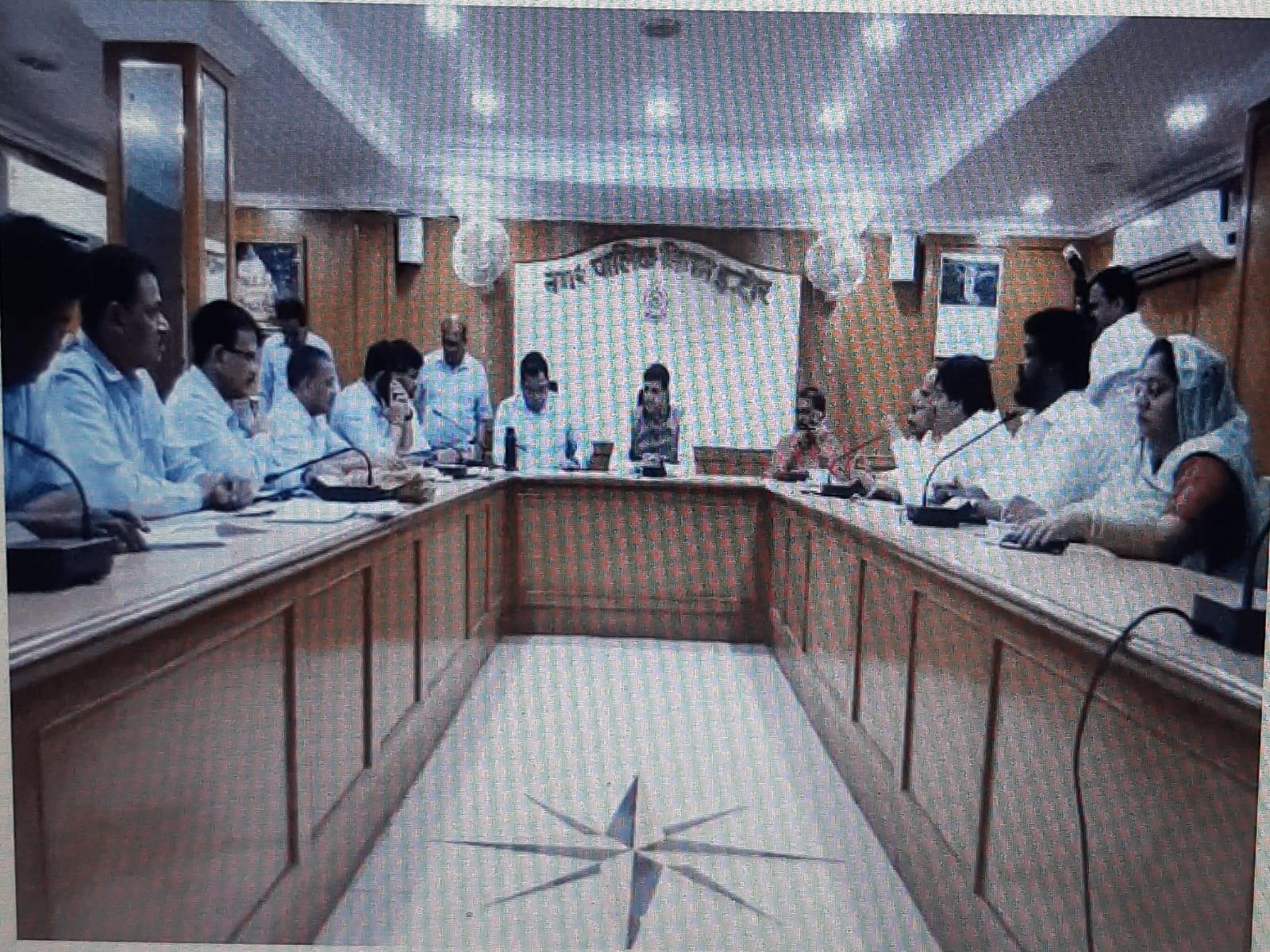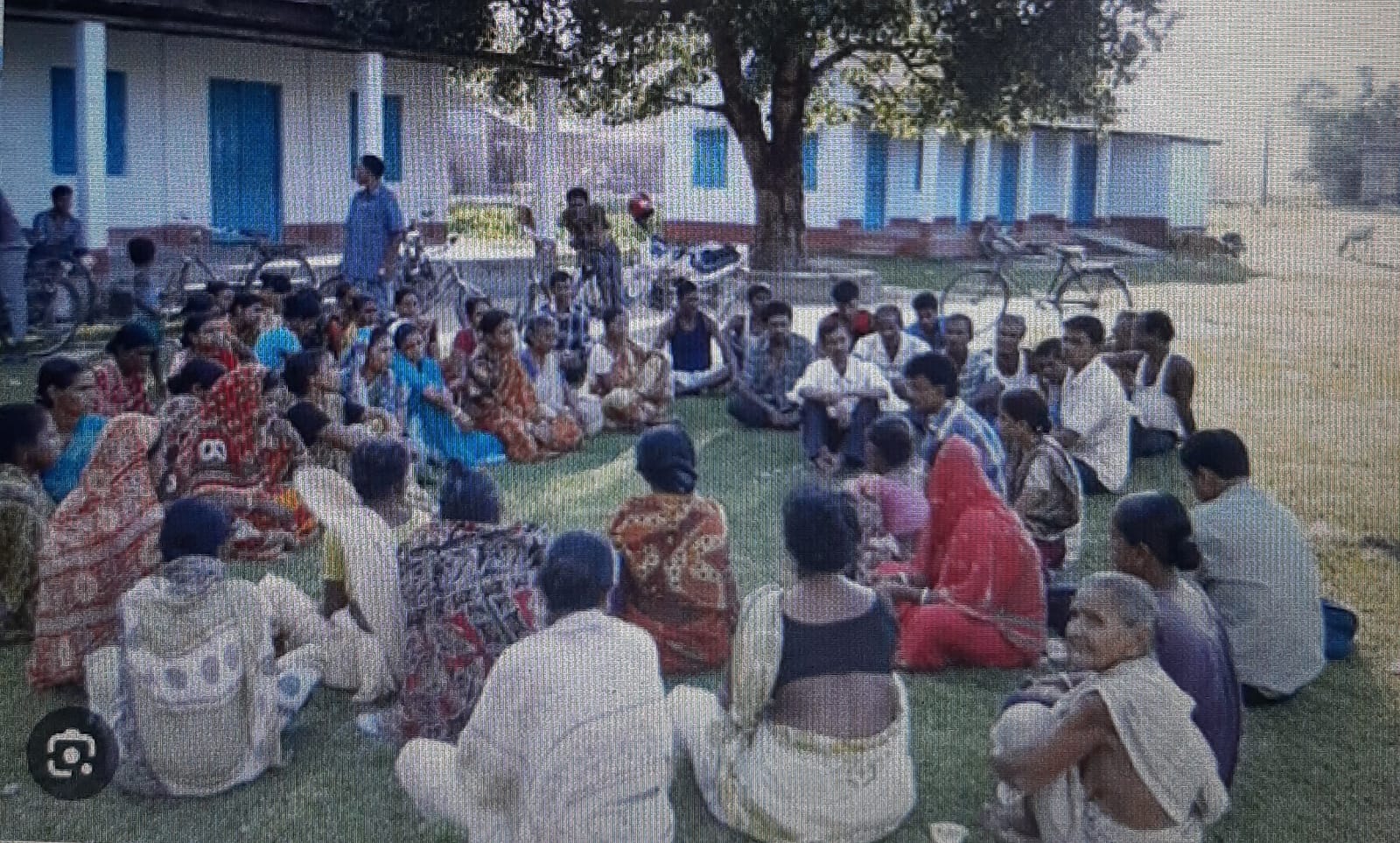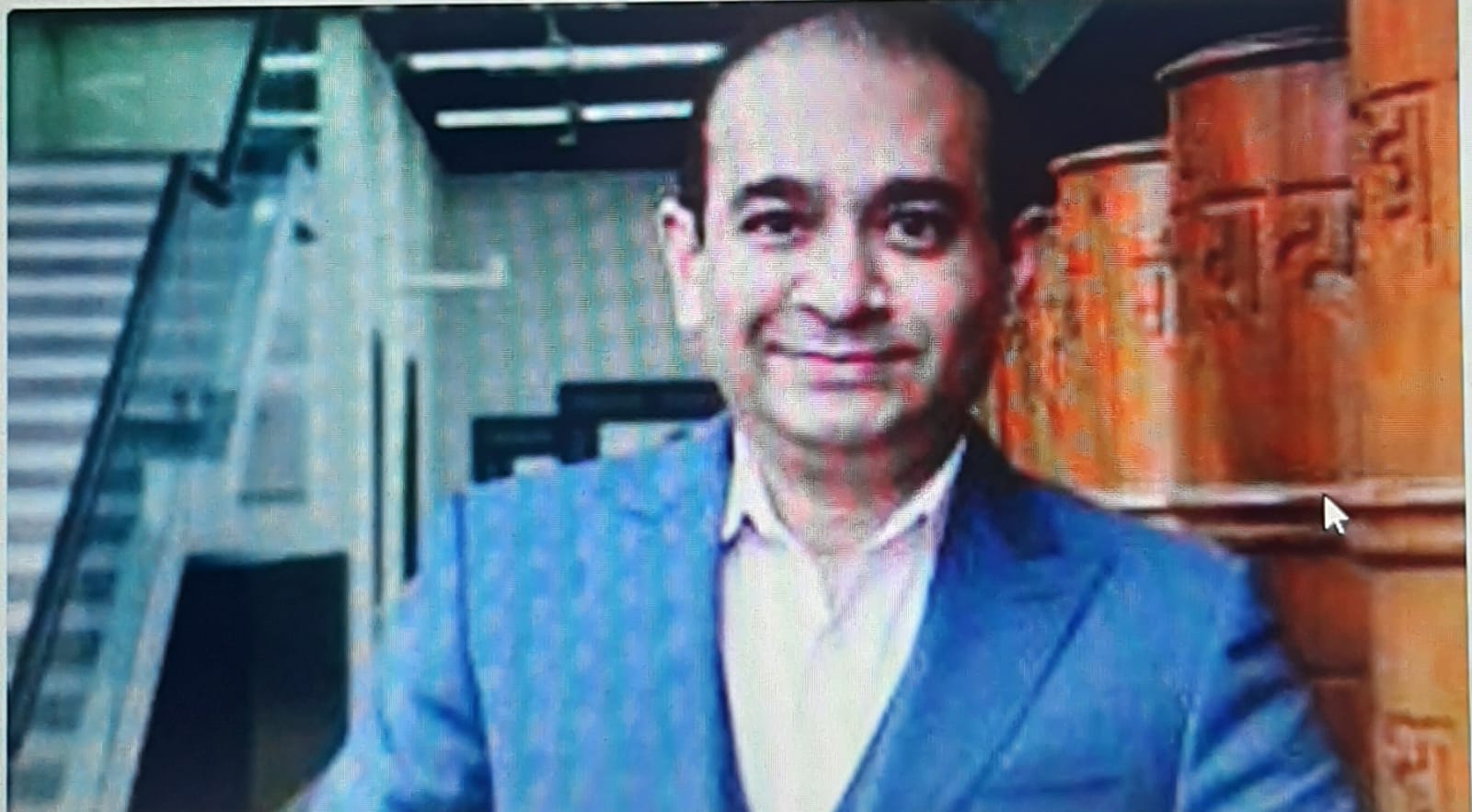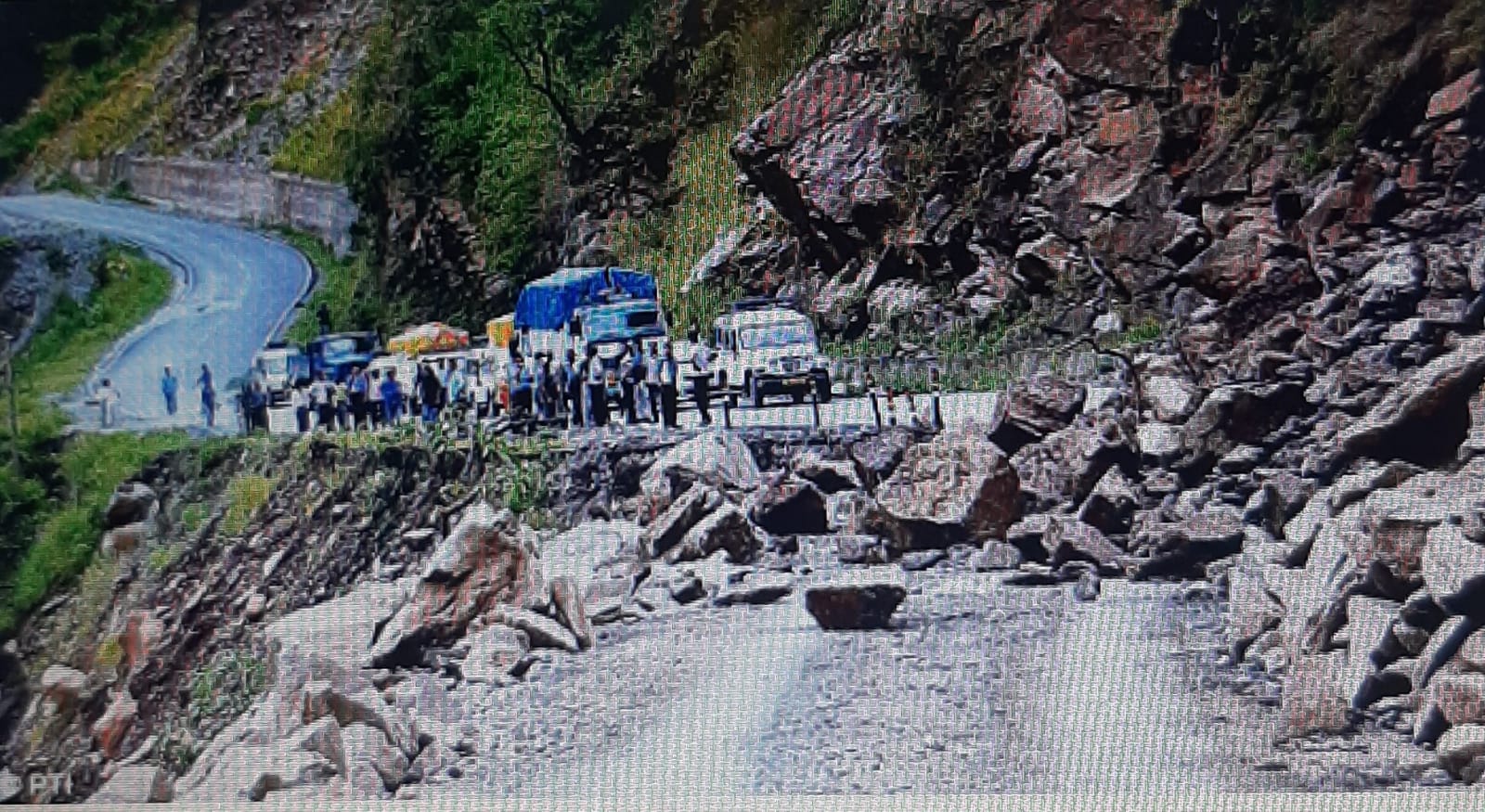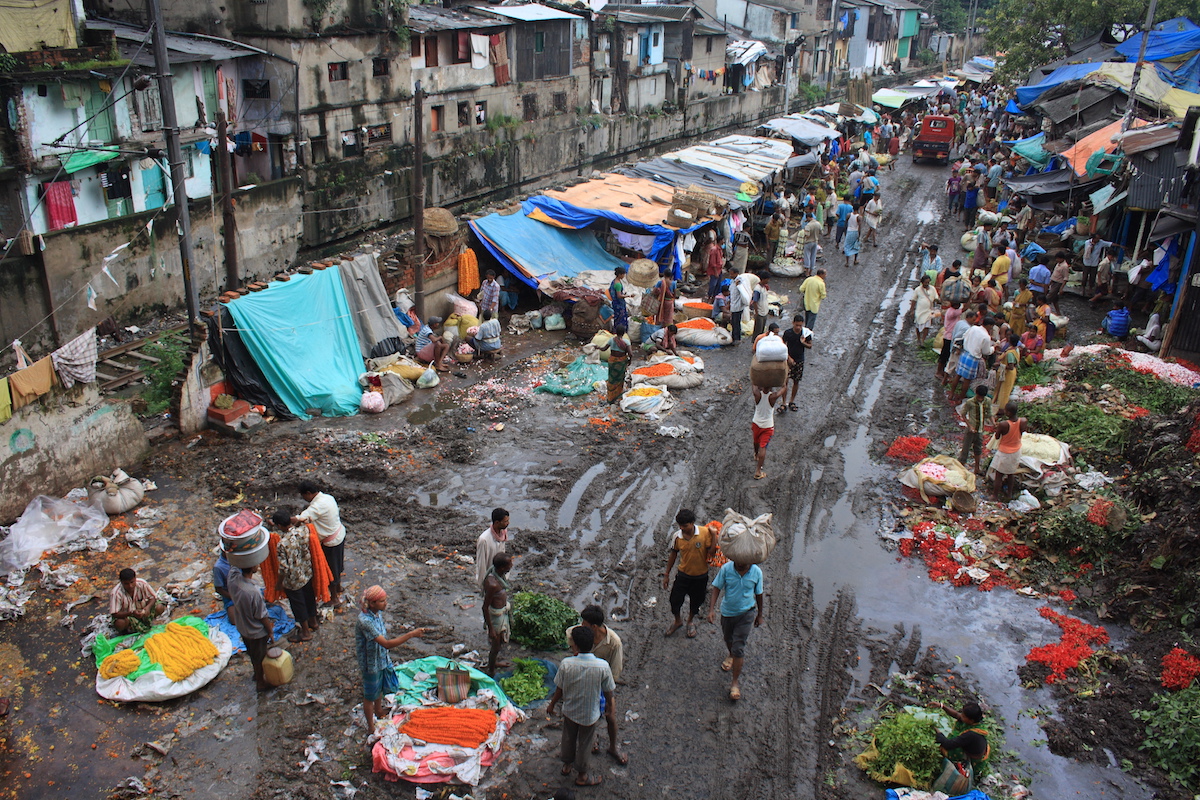
Lack of vision, integrity and transparency led to failure in implementation of government schemes to uplift the poor people.
V.S.Pandey
Since 1970s, almost all the political parties have been riding to power in the name of poor, backward and downtrodden sections of our population. What these political parties and their leaders then did for these sections of the population, is another story. The “Garibi Hatao” slogan of 1971 ensured massive victory for Indira congress but “garibi” still defines this country. Similarly, all the political parties have been beating their chests for these very poor people for decades but only ended up gobbling up billions for themselves leaving behind even larger numbers of people below the poverty line. This is amply clear from the fact that nearly 70 percent of our population had to be provided cover under the Food security net, even today, despite tall claims of helping the poor, made by successive governments ruling the centre and states. It is imperative to at least now question- when every government has claimed success in reducing and eliminating poverty then why is still more than half of our population living below the poverty line even today, though as per the world bank definition of poverty line this number is much more -nearly two-thirds of people in India live in poverty: 68.8% of the Indian population live on less than $2 a day and over 30% even have less than $1.25 per day available.
For the past several decades, governments in power implemented their own brand of poverty alleviation programmes, like Food for Work, Antyodaya, Integrated Rural Development Programme (IRDP), National Rural Employment Programme (NREP), TRYSEM, DWACRA, Rural Land less Employment Guarantee Programme (RLEGP), Swarna Jayanti Rozgar Yojna, Deen Dayal Upadhyaya Grameen Kaushalya Yojna, to name a few, and the process of starting new, naming and renaming them to honour their own chosen heroes has being going on unabated ad nauseam. It is ironical that after 74 years of independence , the Central government could only think of launching Mahatma Gandhi National Rural Employment Guarantee Scheme, another version of RLEGP with such fanfare, claiming it was going to change the fate of rural India, remove rural unemployment and prevalent poverty.
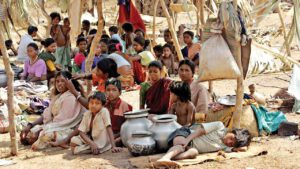
How have these programmes fared ? Have they succeeded in reducing poverty or not? The answers to these questions are self- evident. The current pandemic exposed the brutal reality of all pervasive poverty which is
every where now. With the return of millions of migrants workers to their villages, following the outbreak of the Covid-19 pandemic and the consequential national lockdown that followed last year, the condition of the poor has worsened with crores joining the ranks of those who survive on subsistence schemes like MGNREGS. As per the latest official data, over 11 crore people had no other option left to them but to work under the scheme during the financial year 2020-21, the first time since its inception in 2006-07 that the MGNREGS numbers crossed the 11-crore mark in a year.
Data available as on April 1 show that 11.17 crore laborers depended on the scheme for survival in 2020-21, which is 41.75 per cent more from 7.88 crore persons who were part of those who worked in 2019-20 under this scheme. How bad things have become for the poorer section of the population will become clear from the fact that the total number of people, who availed this scheme, had been in the range of 6.21-7.88 crore between 2013-14 and 2019-20. These statistics presents before us the depressing scenario of joblessness in our country, particularly in rural areas. Ironically, in 2020-21, the number of households that completed 100-day employment also reached an all-time high of 68.58 lakh, an increase of 68.91 per cent from 40.60 lakh in 2019-20. These two figures sum up the sad state of affairs of the way people are struggling to make their ends meet. As we all know under the MGNREGS, every rural household, whose adult member volunteers do unskilled manual work, are entitled to get at least 100 days of wage employment in a financial year that comes to a maximum of twenty five thousand in a year, an amount which is the bare minimum to barely survive.
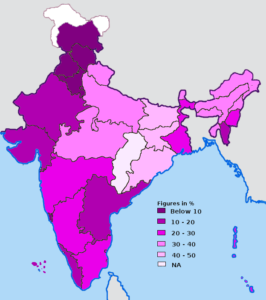
Unfortunately, never has any government made any sincere effort to eradicate poverty, in the real sense. All these poverty alleviation programmes, if implemented honestly, could have helped the poor to some extent but corruption and poor implementation doomed them. Further poverty cannot be eradicated only by providing daily wage earning employment or providing meagre economic assets, as has been the approach all these years. Poverty is basically deprivation of proper education facility, health services, proper habitation with civic amenities, suitable income generation opportunity and justice. On all five criteria, we as a nation, have failed our people. This was the job of the governments who ruled or are ruling the centre and states, but none showed the vision or the intent or capacity to deliver and provide honest governance. Unless we chose governments whose leaders have the vision, integrity and ability, our country will continue to suffer .The ball is firmly in the people’s court- to choose only those who are honest, capable and truthful and not these nefarious bahubalis thriving on black money, muscle power and divisive agendas. As Sartre aptly said, We are condemned by our choices. Let us elect wisely.
(Vijay Shankar Pandey is former Secretary to Government of India)


